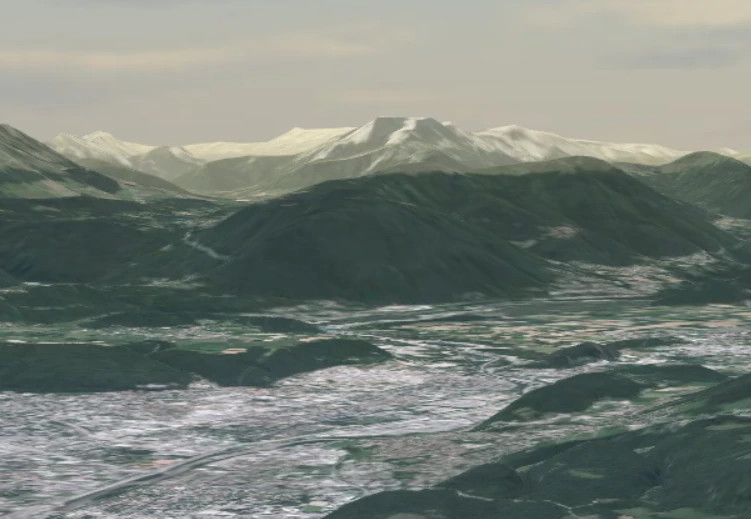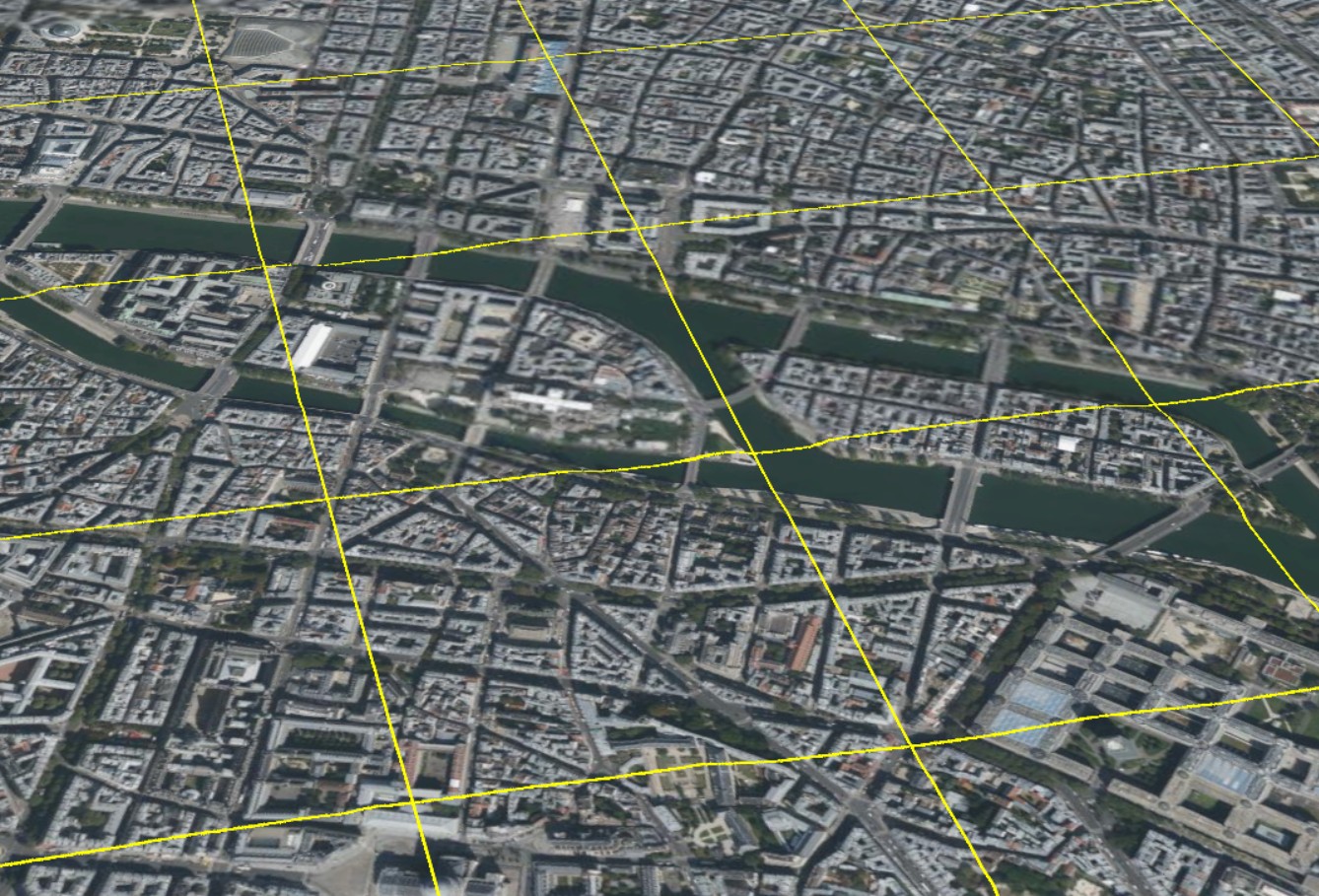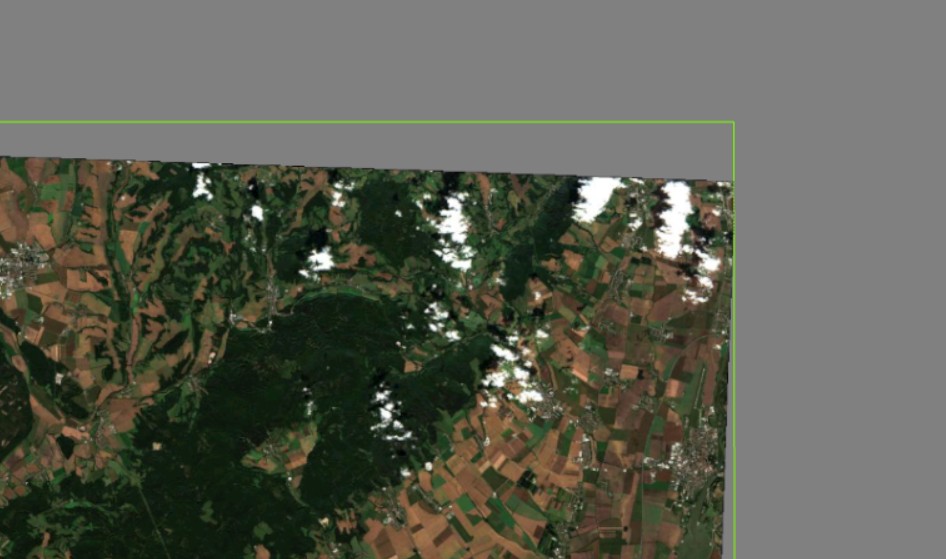(function() {
var __SPECTOR_Origin_EXTENSION_GetContext = HTMLCanvasElement.prototype.getContext;
HTMLCanvasElement.prototype.__SPECTOR_Origin_EXTENSION_GetContext = __SPECTOR_Origin_EXTENSION_GetContext;
if (typeof OffscreenCanvas !== 'undefined') {
var __SPECTOR_Origin_EXTENSION_OffscreenGetContext = OffscreenCanvas.prototype.getContext;
OffscreenCanvas.prototype.__SPECTOR_Origin_EXTENSION_OffscreenGetContext = __SPECTOR_Origin_EXTENSION_OffscreenGetContext;
OffscreenCanvas.prototype.getContext = function () {
var context = null;
if (!arguments.length) {
return context;
}
if (arguments.length === 1) {
context = this.__SPECTOR_Origin_EXTENSION_OffscreenGetContext(arguments[0]);
if (context === null) {
return context;
}
}
else if (arguments.length === 2) {
context = this.__SPECTOR_Origin_EXTENSION_OffscreenGetContext(arguments[0], arguments[1]);
if (context === null) {
return context;
}
}
var contextNames = ["webgl", "experimental-webgl", "webgl2", "experimental-webgl2"];
if (contextNames.indexOf(arguments[0]) !== -1) {
// context.canvas.setAttribute("__spector_context_type", arguments[0]);
// Notify the page a canvas is available.
var myEvent = new CustomEvent("SpectorWebGLCanvasAvailableEvent");
document.dispatchEvent(myEvent);
this.id = "Offscreen";
window.__SPECTOR_Canvases.push(this);
if (captureOnLoad) {
// Ensures canvas is in the dom to capture the one we are currently tracking.
if (false) {
spector.captureContext(context, 500, false);
captureOnLoad = false;
}
}
}
return context;
}
}
HTMLCanvasElement.prototype.getContext = function () {
var context = null;
if (!arguments.length) {
return context;
}
if (arguments.length === 1) {
context = this.__SPECTOR_Origin_EXTENSION_GetContext(arguments[0]);
if (context === null) {
return context;
}
}
else if (arguments.length === 2) {
context = this.__SPECTOR_Origin_EXTENSION_GetContext(arguments[0], arguments[1]);
if (context === null) {
return context;
}
}
var contextNames = ["webgl", "experimental-webgl", "webgl2", "experimental-webgl2"];
if (contextNames.indexOf(arguments[0]) !== -1) {
context.canvas.setAttribute("__spector_context_type", arguments[0]);
// Notify the page a canvas is available.
var myEvent = new CustomEvent("SpectorWebGLCanvasAvailableEvent");
document.dispatchEvent(myEvent);
if (captureOffScreen) {
var found = false;
for (var i = 0; i
(function() {
var __SPECTOR_Origin_EXTENSION_GetContext = HTMLCanvasElement.prototype.getContext;
HTMLCanvasElement.prototype.__SPECTOR_Origin_EXTENSION_GetContext = __SPECTOR_Origin_EXTENSION_GetContext;
if (typeof OffscreenCanvas !== 'undefined') {
var __SPECTOR_Origin_EXTENSION_OffscreenGetContext = OffscreenCanvas.prototype.getContext;
OffscreenCanvas.prototype.__SPECTOR_Origin_EXTENSION_OffscreenGetContext = __SPECTOR_Origin_EXTENSION_OffscreenGetContext;
OffscreenCanvas.prototype.getContext = function () {
var context = null;
if (!arguments.length) {
return context;
}
if (arguments.length === 1) {
context = this.__SPECTOR_Origin_EXTENSION_OffscreenGetContext(arguments[0]);
if (context === null) {
return context;
}
}
else if (arguments.length === 2) {
context = this.__SPECTOR_Origin_EXTENSION_OffscreenGetContext(arguments[0], arguments[1]);
if (context === null) {
return context;
}
}
var contextNames = ["webgl", "experimental-webgl", "webgl2", "experimental-webgl2"];
if (contextNames.indexOf(arguments[0]) !== -1) {
// context.canvas.setAttribute("__spector_context_type", arguments[0]);
// Notify the page a canvas is available.
var myEvent = new CustomEvent("SpectorWebGLCanvasAvailableEvent");
document.dispatchEvent(myEvent);
this.id = "Offscreen";
window.__SPECTOR_Canvases.push(this);
if (captureOnLoad) {
// Ensures canvas is in the dom to capture the one we are currently tracking.
if (false) {
spector.captureContext(context, 500, false);
captureOnLoad = false;
}
}
}
return context;
}
}
HTMLCanvasElement.prototype.getContext = function () {
var context = null;
if (!arguments.length) {
return context;
}
if (arguments.length === 1) {
context = this.__SPECTOR_Origin_EXTENSION_GetContext(arguments[0]);
if (context === null) {
return context;
}
}
else if (arguments.length === 2) {
context = this.__SPECTOR_Origin_EXTENSION_GetContext(arguments[0], arguments[1]);
if (context === null) {
return context;
}
}
var contextNames = ["webgl", "experimental-webgl", "webgl2", "experimental-webgl2"];
if (contextNames.indexOf(arguments[0]) !== -1) {
context.canvas.setAttribute("__spector_context_type", arguments[0]);
// Notify the page a canvas is available.
var myEvent = new CustomEvent("SpectorWebGLCanvasAvailableEvent");
document.dispatchEvent(myEvent);
if (captureOffScreen) {
var found = false;
for (var i = 0; i
(function() {
var __SPECTOR_Origin_EXTENSION_GetContext = HTMLCanvasElement.prototype.getContext;
HTMLCanvasElement.prototype.__SPECTOR_Origin_EXTENSION_GetContext = __SPECTOR_Origin_EXTENSION_GetContext;
if (typeof OffscreenCanvas !== 'undefined') {
var __SPECTOR_Origin_EXTENSION_OffscreenGetContext = OffscreenCanvas.prototype.getContext;
OffscreenCanvas.prototype.__SPECTOR_Origin_EXTENSION_OffscreenGetContext = __SPECTOR_Origin_EXTENSION_OffscreenGetContext;
OffscreenCanvas.prototype.getContext = function () {
var context = null;
if (!arguments.length) {
return context;
}
if (arguments.length === 1) {
context = this.__SPECTOR_Origin_EXTENSION_OffscreenGetContext(arguments[0]);
if (context === null) {
return context;
}
}
else if (arguments.length === 2) {
context = this.__SPECTOR_Origin_EXTENSION_OffscreenGetContext(arguments[0], arguments[1]);
if (context === null) {
return context;
}
}
var contextNames = ["webgl", "experimental-webgl", "webgl2", "experimental-webgl2"];
if (contextNames.indexOf(arguments[0]) !== -1) {
// context.canvas.setAttribute("__spector_context_type", arguments[0]);
// Notify the page a canvas is available.
var myEvent = new CustomEvent("SpectorWebGLCanvasAvailableEvent");
document.dispatchEvent(myEvent);
this.id = "Offscreen";
window.__SPECTOR_Canvases.push(this);
if (captureOnLoad) {
// Ensures canvas is in the dom to capture the one we are currently tracking.
if (false) {
spector.captureContext(context, 500, false);
captureOnLoad = false;
}
}
}
return context;
}
}
HTMLCanvasElement.prototype.getContext = function () {
var context = null;
if (!arguments.length) {
return context;
}
if (arguments.length === 1) {
context = this.__SPECTOR_Origin_EXTENSION_GetContext(arguments[0]);
if (context === null) {
return context;
}
}
else if (arguments.length === 2) {
context = this.__SPECTOR_Origin_EXTENSION_GetContext(arguments[0], arguments[1]);
if (context === null) {
return context;
}
}
var contextNames = ["webgl", "experimental-webgl", "webgl2", "experimental-webgl2"];
if (contextNames.indexOf(arguments[0]) !== -1) {
context.canvas.setAttribute("__spector_context_type", arguments[0]);
// Notify the page a canvas is available.
var myEvent = new CustomEvent("SpectorWebGLCanvasAvailableEvent");
document.dispatchEvent(myEvent);
if (captureOffScreen) {
var found = false;
for (var i = 0; i
Py3dtiles is a command-line Python library and tool for generating, reading and modifying 3D Tiles dataset. You can use it alone or integrate it into your own Python application.
Version 7.0.0 has just been released, it's time to take a little retrospective on the last few years!
The community and a new maintainer
We welcome a new maintainer: Lorenzo Marnat (Liris). Liris has contributed very significantly to py3dtiles and has carried out significant R&D work on their fork and via the py3dtilers application. For several months, Lorenzo has been carrying out the work of integration into the common core, a real painstaking task that is so necessary. Integrating him into the team was therefore the logical step in this process.
This means that py3dtiles is no longer an Oslandian-only project! This is a very important step in the development of a truly community project and we are very happy to have him on the team.
As a result, some changes have been adopted to make py3dtiles more independent of Oslandia. We hope to encourage external contributions and the involvement of entities other than Oslandia and Liris:
- The code repository has been moved to its own organization: https://gitlab.com/py3dtiles/py3dtiles. We took the opportunity to rename the master branch to main (so that we don't deviate from gitlab new default branch name).
- The website is now hosted at https://py3dtiles.org. A redirection of the old site has been implemented, but we still recommend updating your web bookmarks.
- We now have a document describing governance: GOVERNANCE.md, which describes how the community works.
- And we now have a chat channel on matrix.org!
 Oslandia announces the release of Piero, an opensource application dedicated to digital twins. Piero is a web application based on Giro3D, offering integrated and user-friendly features for visualizing 3D georeferenced data, coming either from the BIM world or from the GIS world.
Oslandia announces the release of Piero, an opensource application dedicated to digital twins. Piero is a web application based on Giro3D, offering integrated and user-friendly features for visualizing 3D georeferenced data, coming either from the BIM world or from the GIS world.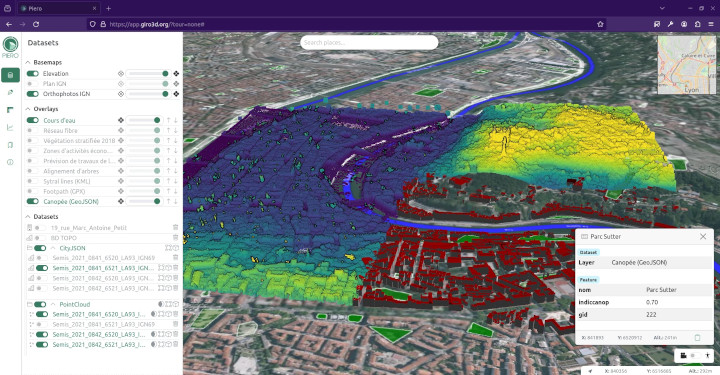
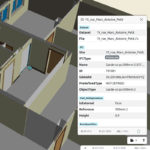
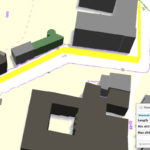
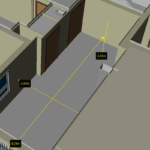
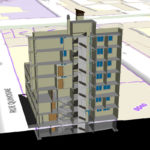
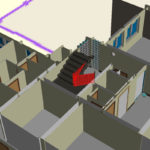

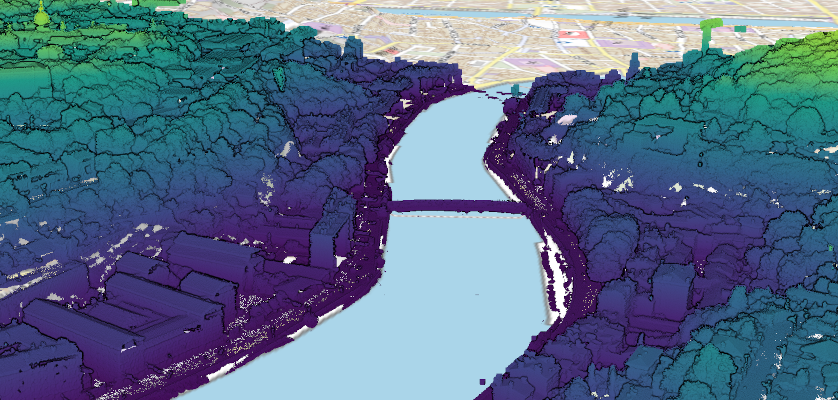
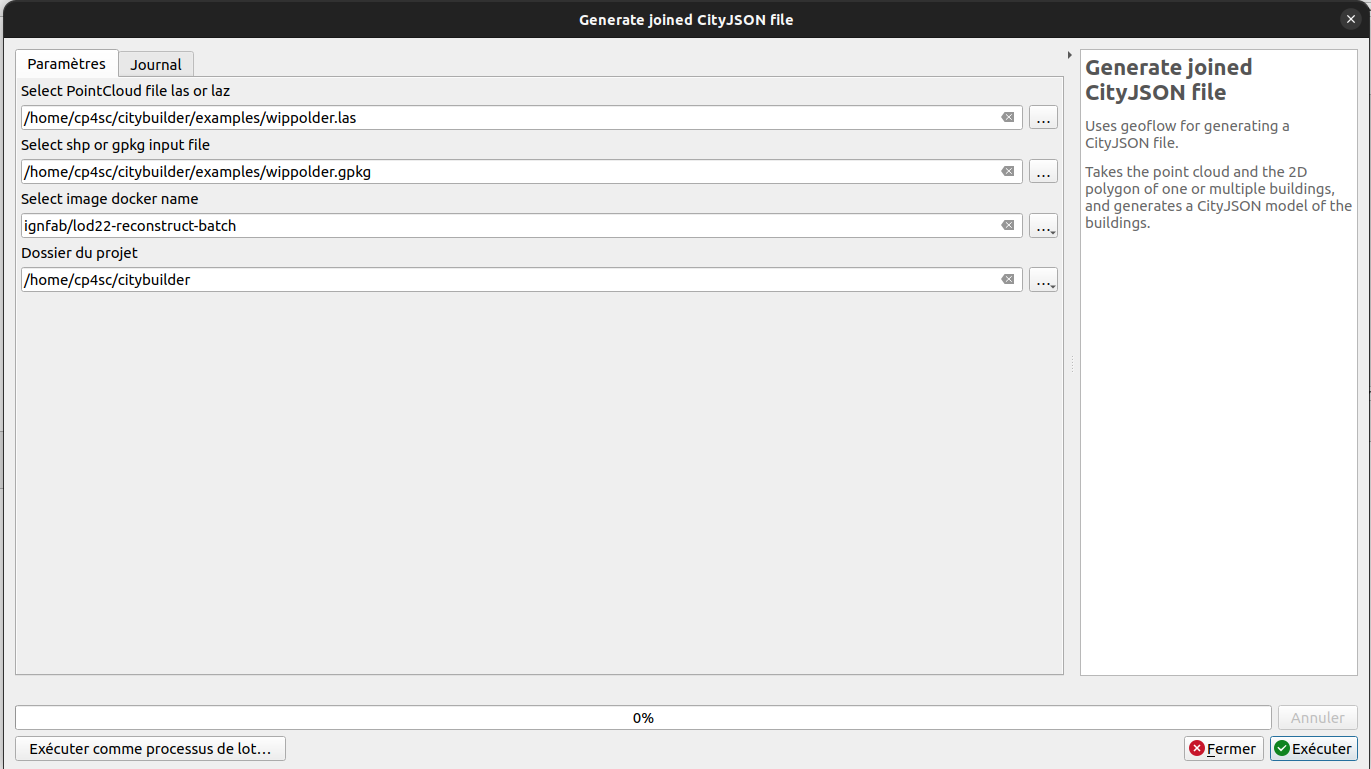
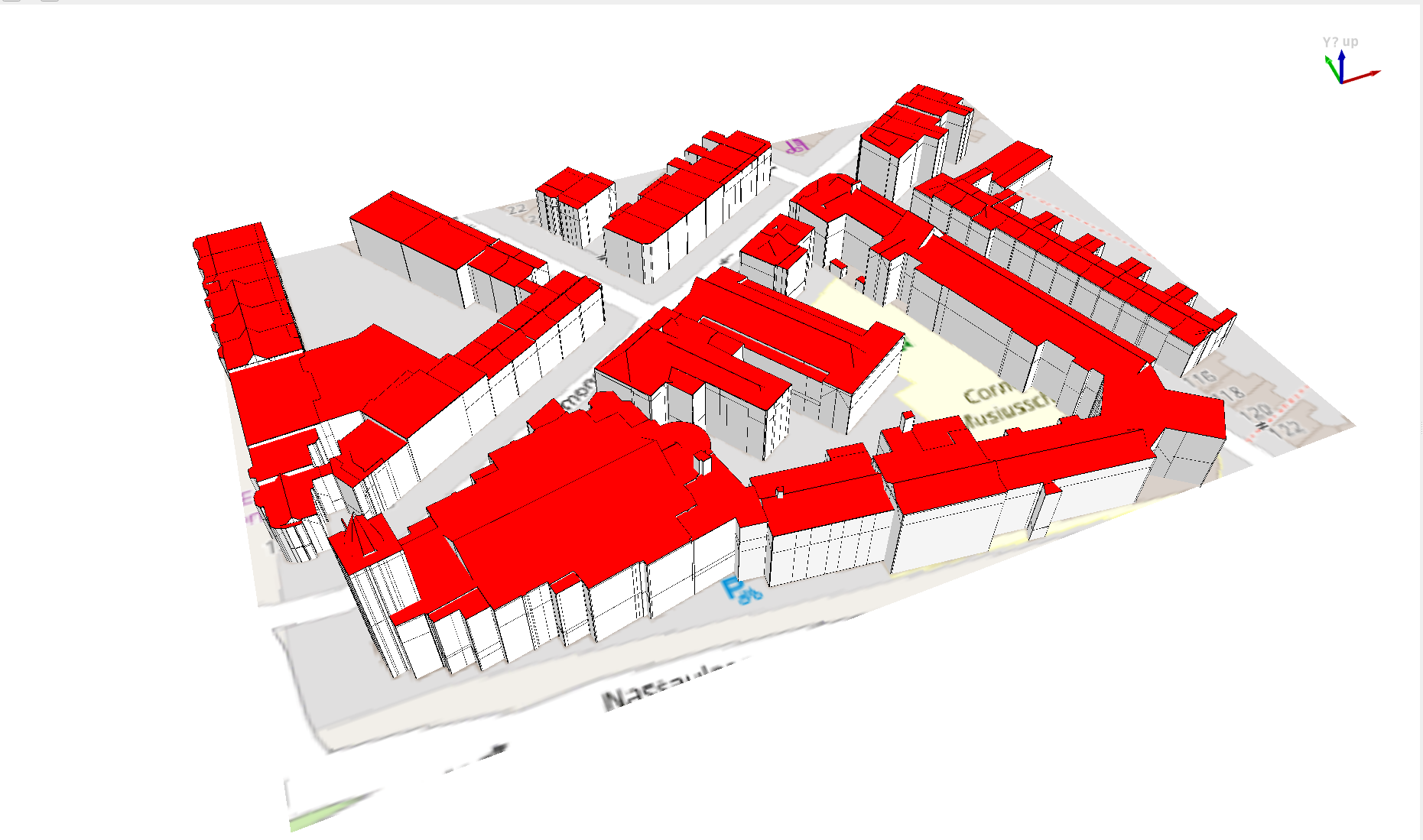
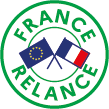
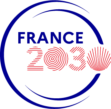


 See
See